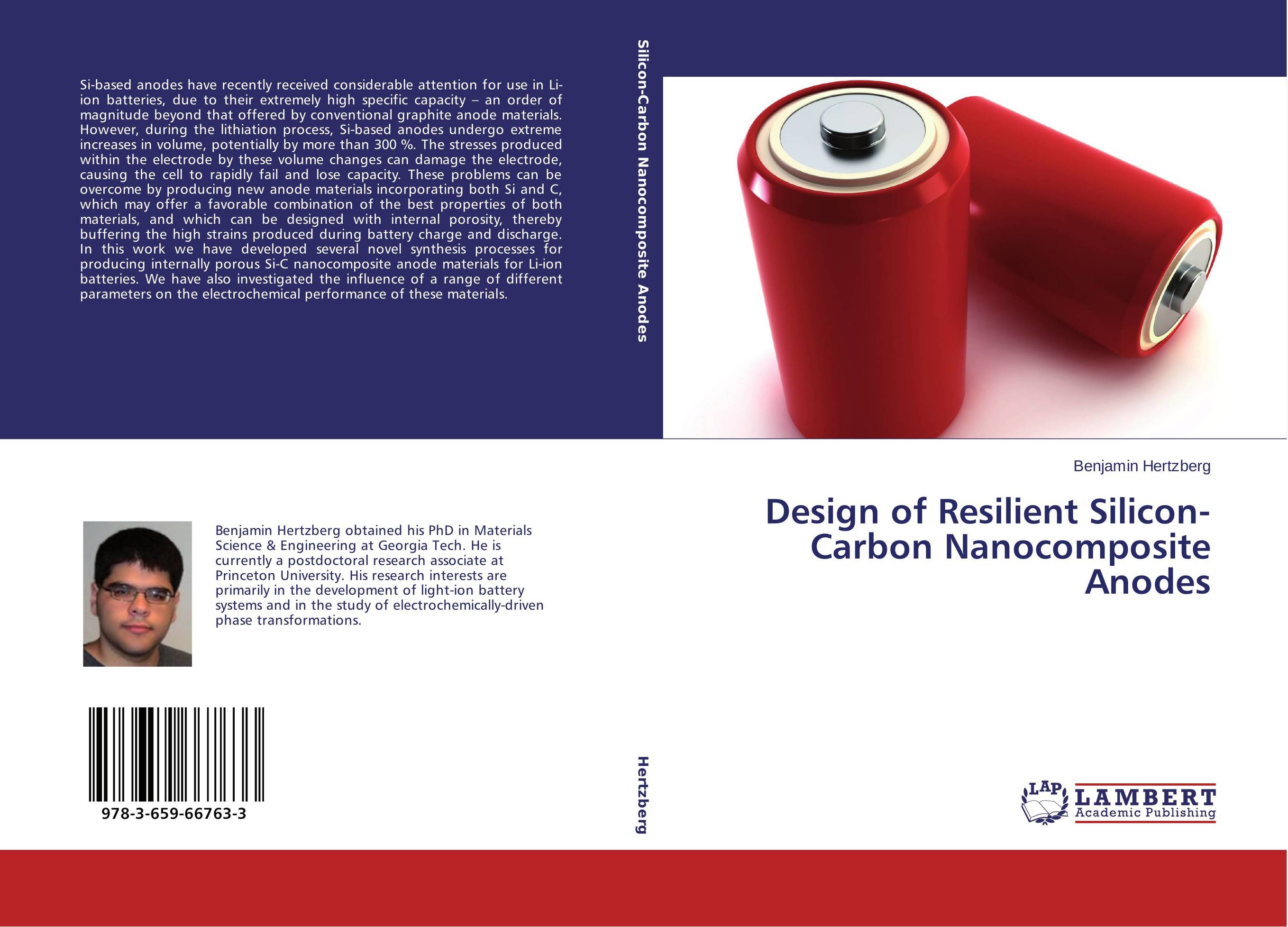| Поиск по каталогу |
|
(строгое соответствие)
|
- Профессиональная
- Научно-популярная
- Художественная
- Публицистика
- Детская
- Искусство
- Хобби, семья, дом
- Спорт
- Путеводители
- Блокноты, тетради, открытки
Design of Resilient Silicon-Carbon Nanocomposite Anodes.

В наличии
| Местонахождение: Алматы | Состояние экземпляра: новый |

Бумажная
версия
версия
Автор: Benjamin Hertzberg
ISBN: 9783659667633
Год издания: 2015
Формат книги: 60×90/16 (145×215 мм)
Количество страниц: 160
Издательство: LAP LAMBERT Academic Publishing
Цена: 42249 тг
Положить в корзину
Позиции в рубрикаторе
Отрасли знаний:Код товара: 142888
| Способы доставки в город Алматы * комплектация (срок до отгрузки) не более 2 рабочих дней |
| Самовывоз из города Алматы (пункты самовывоза партнёра CDEK) |
| Курьерская доставка CDEK из города Москва |
| Доставка Почтой России из города Москва |
Аннотация: Si-based anodes have recently received considerable attention for use in Li-ion batteries, due to their extremely high specific capacity – an order of magnitude beyond that offered by conventional graphite anode materials. However, during the lithiation process, Si-based anodes undergo extreme increases in volume, potentially by more than 300 %. The stresses produced within the electrode by these volume changes can damage the electrode, causing the cell to rapidly fail and lose capacity. These problems can be overcome by producing new anode materials incorporating both Si and C, which may offer a favorable combination of the best properties of both materials, and which can be designed with internal porosity, thereby buffering the high strains produced during battery charge and discharge. In this work we have developed several novel synthesis processes for producing internally porous Si-C nanocomposite anode materials for Li-ion batteries. We have also investigated the influence of a range of different parameters on the electrochemical performance of these materials.
Ключевые слова: LITHIUM-ION BATTERY, LITHIUM-ION BATTERY, Nanomaterials, silicon anode, solid-electrolyte interface



